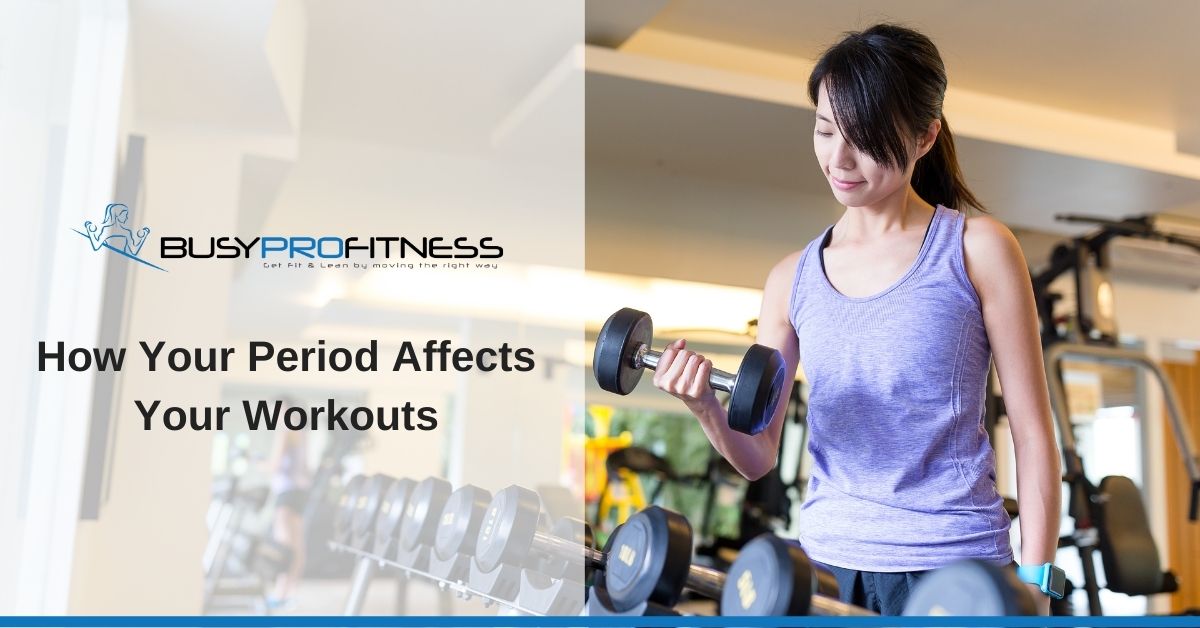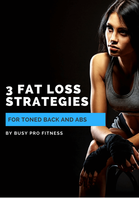Free 5-Day
|
|
Compared with men, women’s hormones fluctuate quite a bit from day to day. Although science hasn’t yet got a complete picture of how the menstrual cycle affects exercise, we do know that the hormonal fluctuations affect your physical performance and even how your body handles what you eat. Female hormones affect metabolism - including hunger and satiety cues, as well as creating some digestive disruption for some women. Different phases of a woman’s menstrual cycle can have an impact on her ability to recover from exercise, especially endurance activities. By understanding how your period affects your exercise routine, you can optimise your training and weight loss goals. The Phases Of The Menstrual CycleA typical menstrual cycle lasts 28 days, during which time there are four phases.
The Follicular PhaseThis phase begins on the very first day of your period. In the follicular phase, two sex hormones impact your exercise. Firstly, your levels of oestrogen progressively increase, and progesterone stays stable. During the follicular phase, women are physiologically similar to men in terms of their metabolism and recovery from exercise. Subjectively, training will feel easier, and you’ll be more able to recover quickly from intense or more prolonged episodes of activity. This means exercise will feel more manageable, and you’ll be able to push hard in your sessions. OvulationAround day 12 of your cycle, ovulation will be triggered by another hormone, and you’ll experience a boost to your strength and energy levels. If you’re scheduling your training around your menstrual cycle, hitting your big lifts, more challenging endurance distances and shooting for personal bests would be the best time around this mid-point of your menstrual cycle. You’ll be training at a higher level of intensity, and you’ll find it easier to lose weight. The Luteal PhaseThis phase happens after ovulation and marks the second half of the menstrual cycle. In the luteal phase, levels of progesterone will peak. Your resting heart rate will be higher, and you’ll notice an increase in temperature that may be uncomfortable, and your aerobic capacity will reduce. Together, these elements can make exercise feel challenging, and you may need to rest more and feel yourself getting tired from less work than at the start of your cycle. However, in your luteal phase, your body is burning more body fat because of the peaks in sex hormones suppresses gluconeogenesis. From a weight-loss perspective, this might seem great. Still, with your body struggling to fuel workouts efficiently with the sugars it needs, exercise will likely feel harder. You may notice an increase in cravings for sweet or carb-heavy meals. Saving the carbs for a post-workout meal can help you to recover faster and feel like you have more energy. Some good options could be fruit with a small portion of whole nut butter or some whole grain bread with jam or a fruit preserve. Suppose you’re scheduling your training around your menstrual cycle. In that case, this could be an excellent time to include some lower intensity steady-state cardio sessions or lower intensity strength work. Including active recovery days which include yoga, or gentle walking can help with recovery, which can feel slower in this phase. It’s harder to build muscle in this phase, so pushing hard for strength gains may be better saved for another time. The bloating that many women feel during this phase is a result of shifting fluid from blood plasma to your cells. When factored into other common symptoms like headaches and pre-menstrual fatigue, exercise is going to be more challenging than usual. Save the PBs for a couple of weeks and focus your efforts on maintaining your performance. With your metabolism likely peaking around this time, you may find yourself more hungry than usual. Using low-intensity exercise can help manage this change in appetite that some women experience. ConclusionA women’s cycle is highly personal, and some women may find the effects of their periods more pronounced than others. Similarly, your individual experience may differ from month to month. It can be useful to track your cycle if only for data, and out of interest to monitor if it impacts your readiness to train, energy levels and ability to recover.
0 Comments
Leave a Reply. |
AuthorWrite something about yourself. No need to be fancy, just an overview. Download 3 Fat Loss Strategies for Toned Abs and Back Guide!
Archives
October 2021
Categories |
CompanyBusy Pro Fitness offers personal training in Brent Cross for clients based in Brent Cross, Hampstead, Belsize Park, St John's Wood, West & South Hampstead, Childs Hill, Finchley, Golders Green and surrounding areas but we also provide a Virtual Training and Online Coaching service for those clients who live elsewhere and Worldwide.
|
About |
|
|
© COPYRIGHT 2015. ALL RIGHTS RESERVED.
|
Website Design by My Personal Trainer Website
|



 RSS Feed
RSS Feed
